The U.S. consumer is hitting the mall with gusto... And it's more evidence the economy "can't be doing that bad."
For proof, we submit the performance of Taubman Centers (NYSE: TCO)
Taubman Centers is one of America's largest shopping-mall operators. But it's not your average mall operator. Its properties are "high end" malls. It counts Macy's, Apple, Williams-Sonoma, and Nordstrom among its best tenants. This makes Taubman's profits and share price an indicator of how the consumer is doing.
As you can see from our three-year chart below, the consumer is spending. Since mid-2010, Taubman shares have climbed from $40 to $85 per share... and just struck a new 52-week high. The company's first-quarter results (reported last month) were great. Considering all this, we have to say, "Sure, America has problems... but as long as Taubman is in a major uptrend, things can't be all that bad."

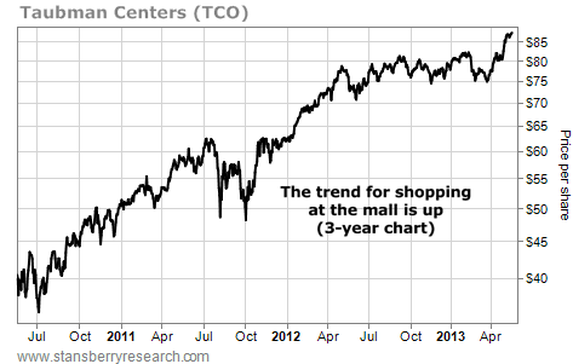
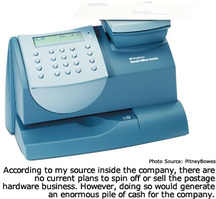

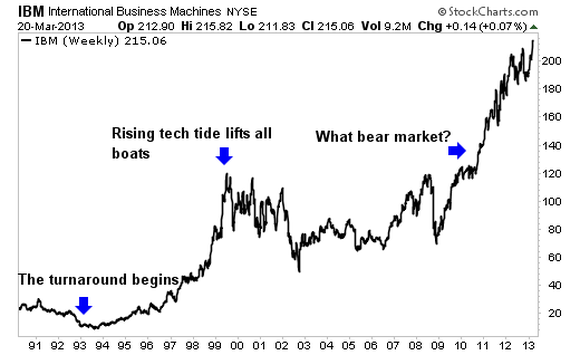
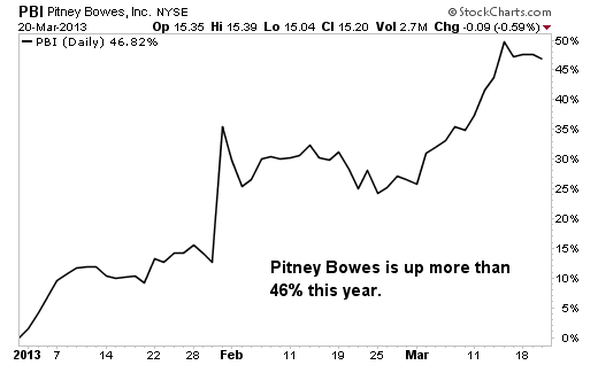
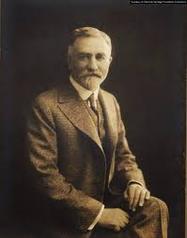
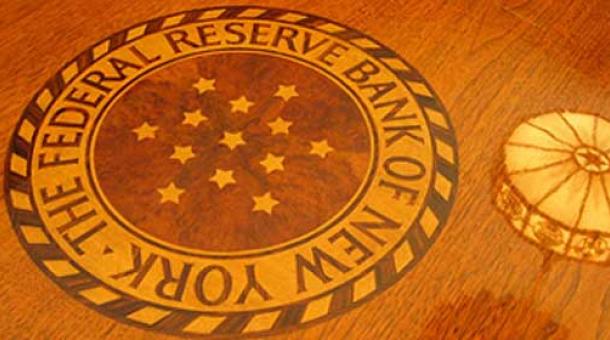

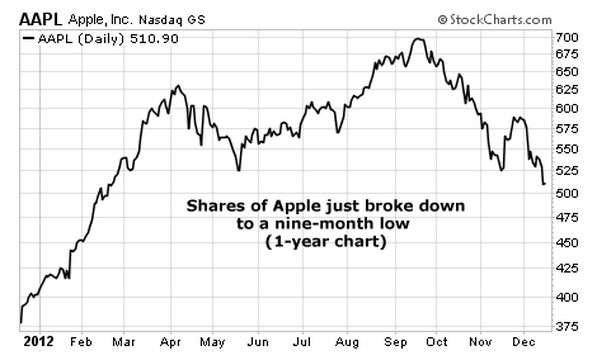

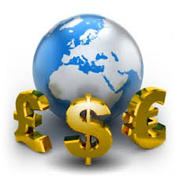

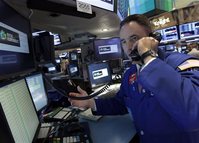

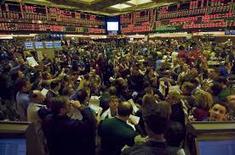
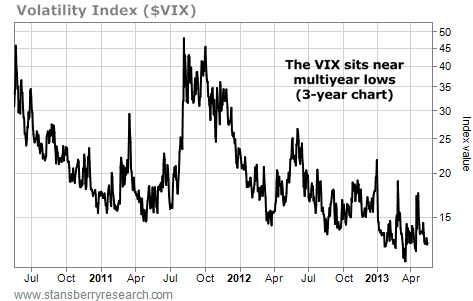
 RSS Feed
RSS Feed
